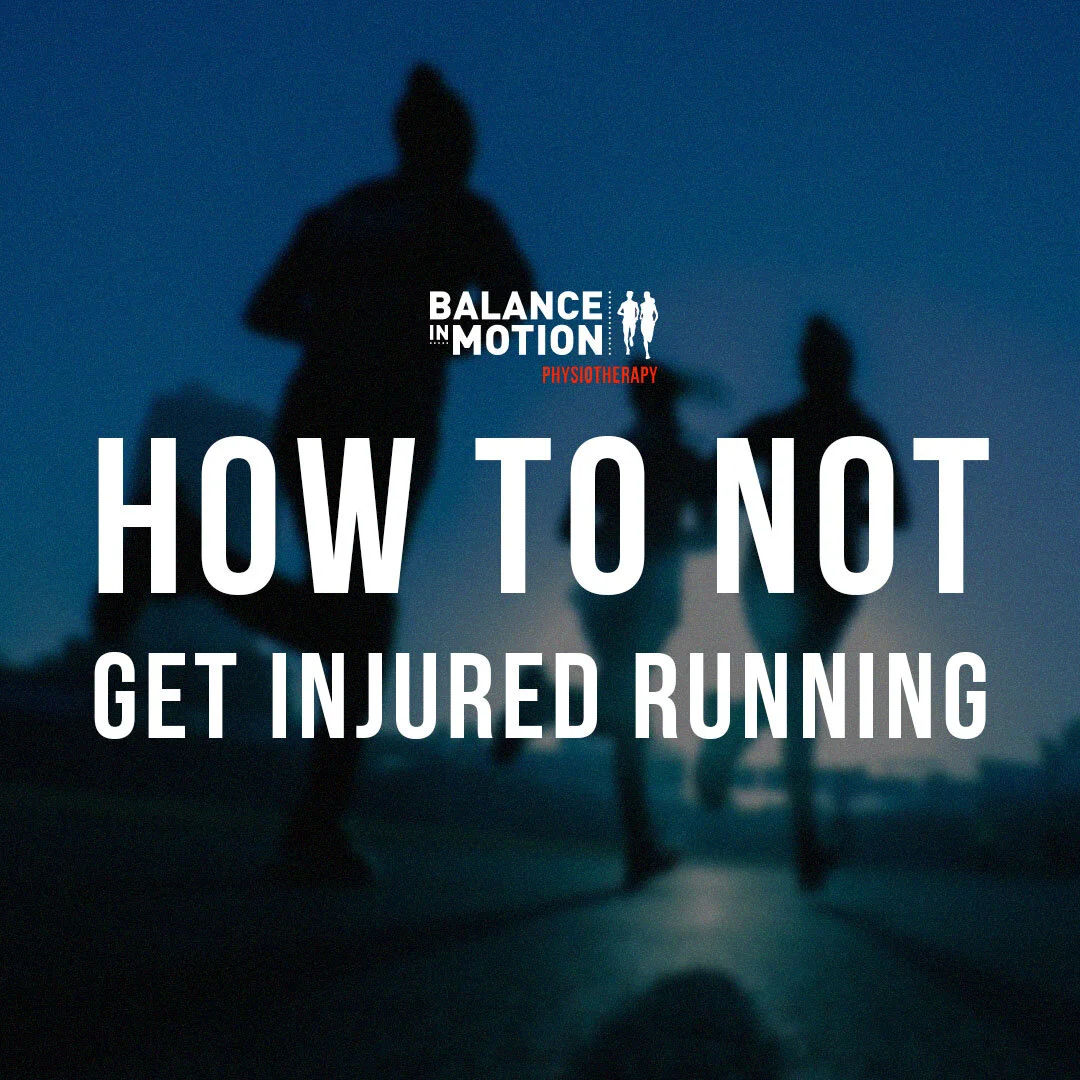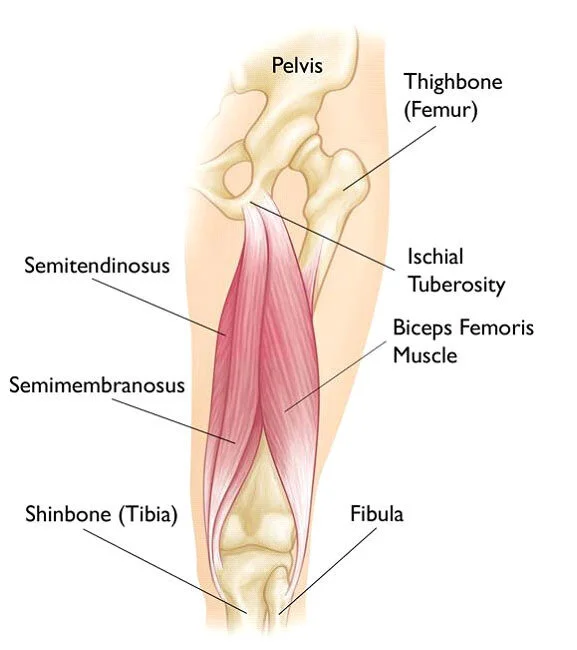Why Do We See More Injuries and Pain During Lockdowns?
/While pain and injury aren’t the same thing, most of us are at increased risk of both at the moment during this lockdown. Here’s why…Injuries occur when you push your body beyond its physical limit. But humans are very resilient, so we often don’t see injury just from pushing to a physical limit. Research into risk factors behind stress fractures found that a change in physical load didn’t correlate to increased injury risk, neither did a change in stress levels nor did a change in sleep quality. However, when two of these three factors changed, the risk of bone injury increased significantly. This is something we see carry across most injuries, and it makes a lot of sense. If you change your physical behaviours, your body has the capacity to absorb that, but if you haven’t been sleeping and recovering well, then it is more difficult for your body to deal with a change in physical demand at the same time, so injury is more likely. Similarly, if your body is under constant stress you don’t recover as well from physical tasks, and so you may need more recovery time before you exert yourself again.
Most of us are under a fair amount of stress at the moment, whether it’s financial stress due to loss of work hours, health concerns, or feeling the weight of social isolation. Combine that with a change in physical routine with working from home, and being unable to participate in normal exercise and that’s two out of three big risk factors for an injury. Pain is a normal response when your body senses a danger or threat, and is often present in the absence of physical injury. Your body can sense danger in a number of ways, physically, socially, or psychologically. Each of these factors contributes to how threatened your body will feel, therefore how likely you are to experience pain. If you are under psychological stress, social isolation, and have changed your physical behaviours, there is a significant increase in the likelihood your body will feel threatened, therefore a higher chance that you will experience pain.
This is almost a guarantee for most people at the moment. The presence of a global pandemic that threatens the physical, mental, and economic health of the community, the social isolation of working from home and lockdown, and the inability to access pools, gyms, and community sport mean that most of us tick all the boxes for an increased risk of being in pain.Don’t worry! There are things you can do… Find the things you need to calm your mind: exercise, meditate, cook, garden, read, journal, call a friend.
Vary your activity.
Prioritise sleep.
Listen to your body.
The theme for National Pain Week is connection, but it is such a challenging time to be connected. In line with the ways we can limit injury and pain risk:
-Connect with your thoughts, how are you doing?
-Connect with your body, relax your jaw, relax your shoulders, relax your abdominals, take a deep breath.
-Connect with your social network, call someone you miss.
If these things resonated with you please give us a call on 9365 0004 to see if we can help you out.
















